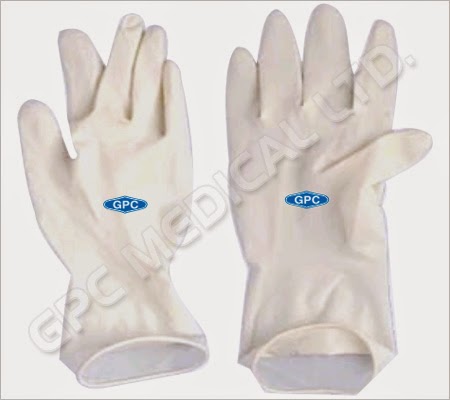Diagnostic medical equipment is used to diagnose the disease of the patient with the help of which medical professionals are able to prescribe proper treatment to their patients. Diagnostic medical equipment’s are very essential for the treatment of the patient or you can say they play an important role in the recovery of the patients. Wide range of these equipment includes a small thermometer to large MRI machines which are easily available in the market.
1. Stethoscope:
It is an acoustic medical device often used to listen to lung and heart sound and this is also considered as the symbol of doctor’s profession. Doctors are often seen with the stethoscope hanging around their neck. Design and the material of the stethoscope differ, as most of the stethoscopes are made of y-shaped rubber tubing. Many stethoscopes have a two sided sound detecting device so that you can reverse, depending on the need to hear high or low frequencies. It is also used in conjunction with sphygmomanometer to measure blood pressure which detects sound of blood passing through an artery.
2. Ultra sound machine:
Ultrasound machine is one of the most widely used diagnostic medical equipment in modern medicine and this test is performed by medical health care professionals called sonographers. Ultrasound is a diagnostic imagining technique that is used to visualize muscles, tendons and many internal organs. The machine send out high-frequency sound waves which makes images so that organs in the body to be examined. This technology is relatively portable and inexpensive as compare to that of magnetic resonance imaging (MRI) and computer tomography (CT). Ultrasound poses no risk to the patient as it does not use ionizing radiation like x-ray or CT scan.
3. X-ray machine:
X-ray machine is also a type of diagnostic medical equipment; approximately 60% of imaging procedures in hospitals are done through this technology. It is essentially a camera which uses x-rays instead of visible light to expose the film. These are also called RGD because they generate ionizing radiation when they are in operation. There are two types of x-ray machines available in the market one is fixed x-ray machines which are not portable another is mobile x-ray systems are designed to take patient care new heights. In operation theatres while operating the patient this mobile x-ray system plays a magnificent role.
4. Electrocardiographs:
This diagnostic medical equipment abbreviated as ECG or EKG. It is a test that checks the problems with the electrical activity of your heart. An ECG translates the electrical activity of the heart into line tracings on paper, in which spikes and dips in the line tracing are known as waves. ECG is done to find the cause of unexpected chest pain, which could be caused by a heart attack. It also helps to find out the causes of symptoms of other heart diseases.
5. Sphygmomanometers:
This device was invented by Samuel Siegfried Karl Ritter von Basch in 1881; it is often attached to an inflatable air-bladder cuff and uses with a stethoscope used for measuring blood pressure in an artery. There are three types of sphygmomanometer:
a.
Digital sphygmomanometer: These are automated and provide blood pressure reading without operating with stethoscope and using cuff. Drawback of digital sphygmomanometer is that they are less accurate.
b.
Mercury sphygmomanometer: This device consists of mercury and considered as more reliable and used in high risk scenarios.
c.
Aneroid sphygmomanometers: It is comparable to mercury sphygmomanometer in cost, technique and performance and considered safer than mercury sphygmomanometer.
6. Magnetic Resonance Imaging:
This machine become an essential tool for the diagnosis of central nervous system disorder and is used for the evaluation of various diseases in other organ systems. MRI scanners use strong magnetic fields and radio waves in order to form the images of the body. You are able to have an MRI with an open machine in which your entire body need not to enclose but these are not available everywhere.


























